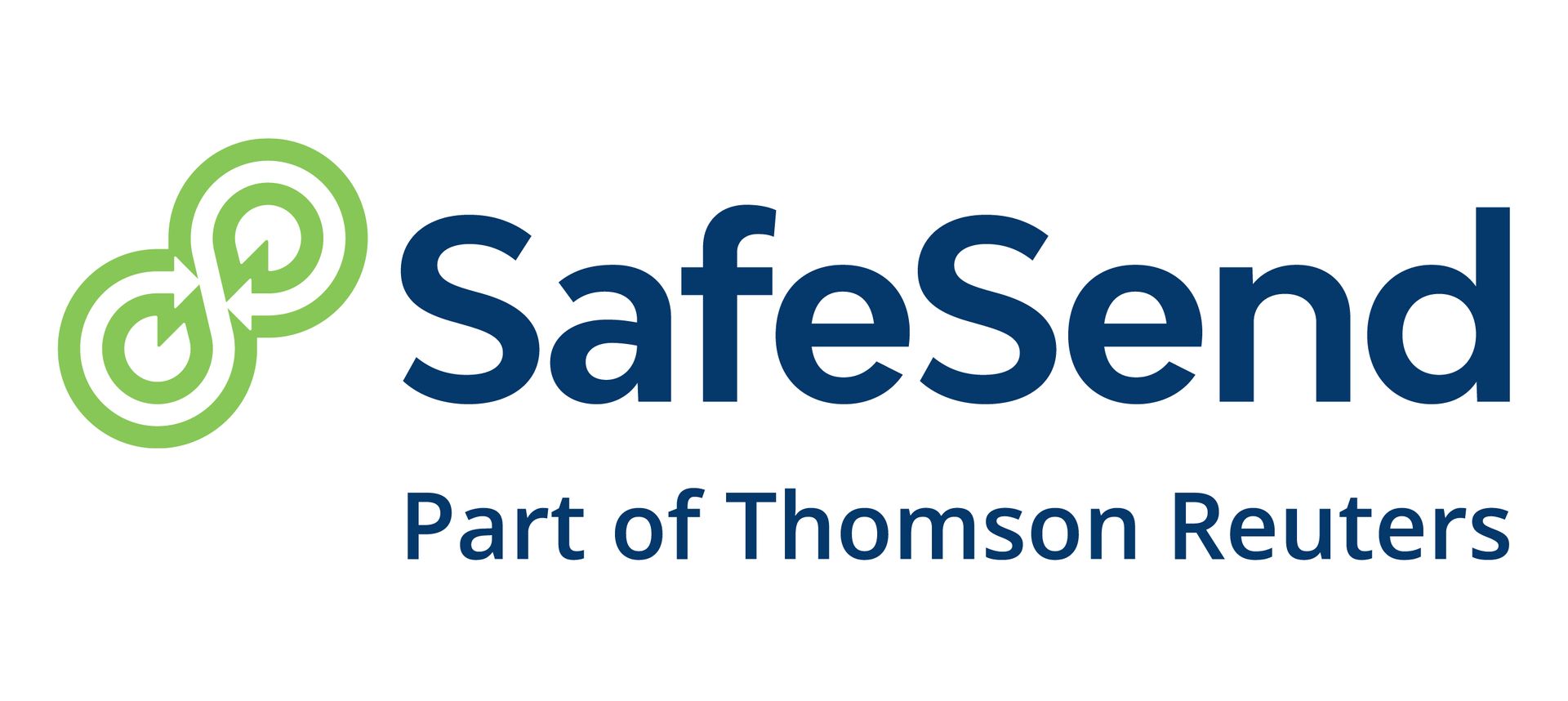Feeling Charitable? Substantiate Your Gifts to Maximize Charitable Deductions
As the year winds down, charitable giving often takes center stage. While supporting your favorite causes is rewarding, it’s equally important to ensure your generosity qualifies for valuable tax deductions. Proper documentation is key, and the requirements depend on the type and size of your donation. Here’s a guide to substantiating your gifts:
Cash Gifts
- Under $250: A canceled check, bank statement, credit card statement, or a receipt from the charity with its name, date, and gift amount suffices.
- $250 or More: Obtain a contemporaneous written acknowledgment from the charity stating the amount of the gift. Multiple smaller gifts to the same charity that total $250 or more still follow the rules for gifts under $250.
Noncash Gifts
- Under $250: Keep a receipt with the charity’s name, date, location, and a description of the donation.
- $250 or More: The charity must provide a written acknowledgment with all the details required for cash gifts, plus a property description.
- Over $500: Retain additional records detailing how and when you acquired the property, your adjusted basis, and file Form 8283.
- Over $5,000 ($10,000 for closely held stock): Include a qualified appraisal and an appraisal summary signed by both the appraiser and the charity with your return. Publicly traded securities don’t require an appraisal.
- Over $500,000 ($20,000 for art): Submit the full signed appraisal with your return.
Goods or Services Received in Exchange
If the charity provides anything in return for your donation (e.g., a book, meal, or event ticket), request the fair market value of the item and subtract it from your deduction.
While tax benefits may not drive your charitable giving, they can influence how much you can afford to donate. Document your gifts thoroughly to ensure you receive the deductions you deserve while supporting the causes you care about.
Tax Planning Considerations of Gifting
Most clients do not qualify to itemize their deductions due to the high standard deduction. Therefore, many clients cannot take advantage of the the charitable contribution deduction. However, if a client chooses to skip one year of charitable contributions and bundle two years together, their overall itemized deductions may be larger than the standard deduction. By implementing this strategy every other year, a client may maximize the benefit of charitable gifting.
A second strategy for clients subject to RMD rules would be to utilize a Qualified Charitable Distribution (QCD) from their IRA, SIMPLE or SEP. This allows the Taxpayer to make their RMD directly to a charity without recognizing taxable income. This satisfies the RMD requirements and helps keep the Taxayer's AGI lower that may affect other phaseouts.
Need assistance or have any questions on these tax implications? Contact our office for guidance: CLICK HERE or CALL (412)875-5719




